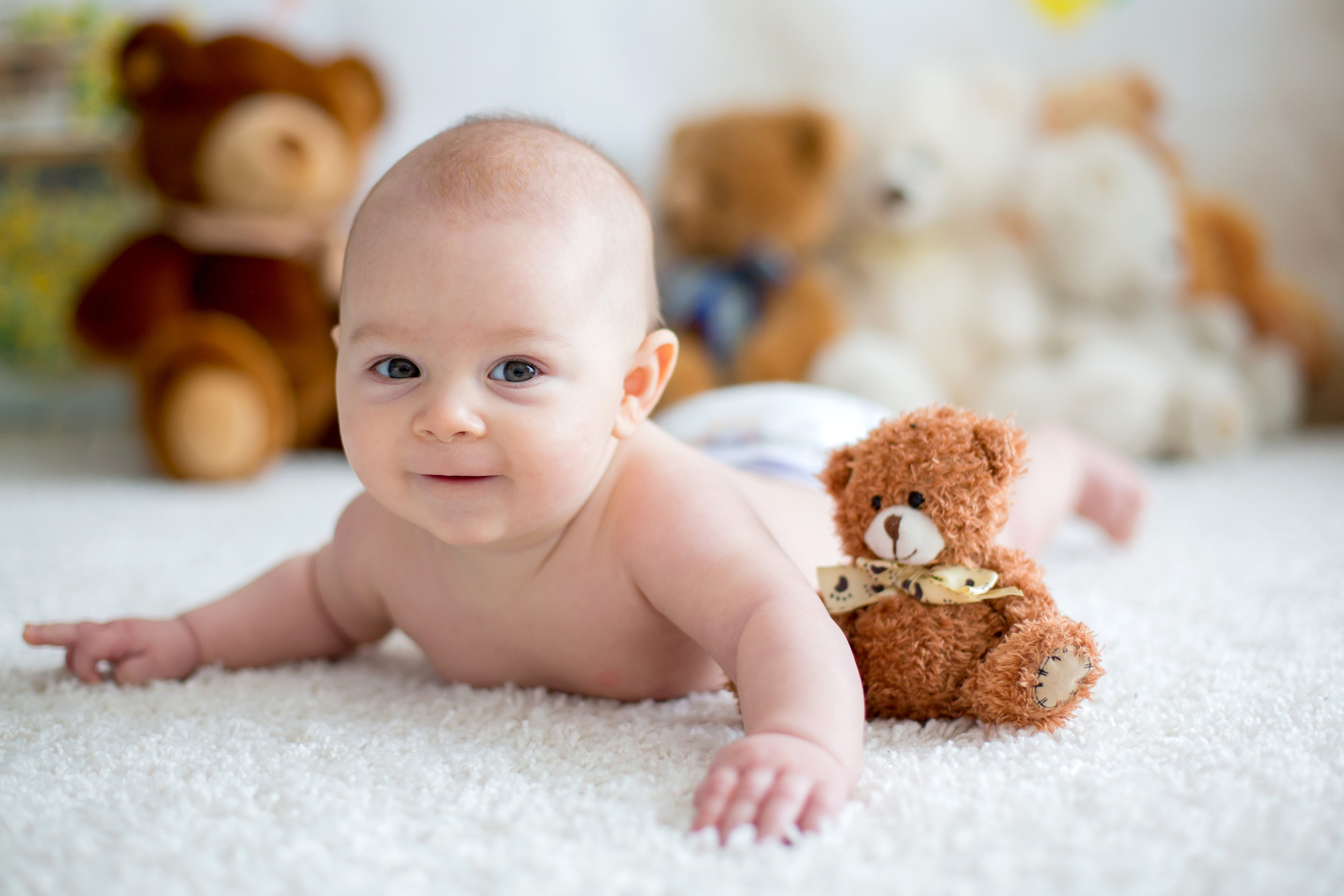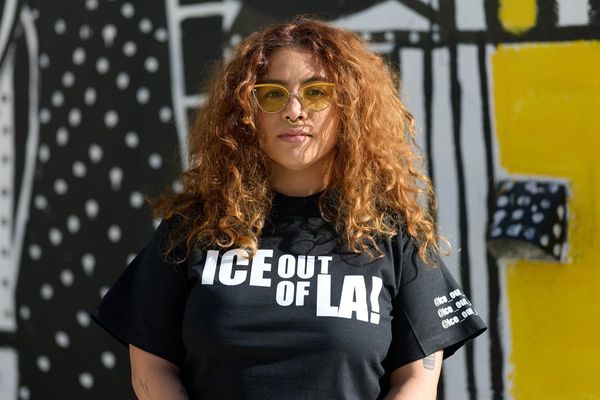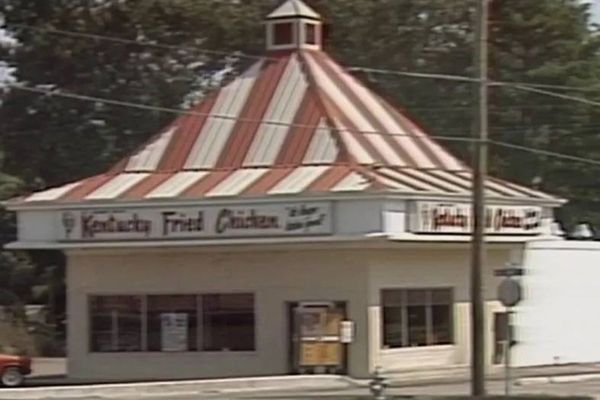Thrift stores, neighborhood swaps, and hand-me-downs can be goldmines for frugal parents, but not everything is safe to scoop up secondhand. While saving money is smart, there are certain used baby items you should never buy due to safety risks, wear and tear, or hygiene concerns. Even if something looks perfectly fine or comes from someone you trust, that doesn’t mean it meets today’s safety standards. When it comes to your baby’s well-being, some shortcuts simply aren’t worth it. Knowing what to skip on the resale rack can help you avoid costly mistakes and keep your little one safer.
1. Car Seats with an Unknown History
Car seats are one of the most critical safety items for your baby, but they come with an expiration date. Buying a used one might seem like a great deal, but unless you know its full crash history, you’re taking a big risk. Even a minor fender bender can compromise a seat’s integrity in ways that aren’t visible. Additionally, car seat safety standards change over time, and older models might not meet current guidelines. It’s always best to buy new or borrow from someone you know and trust who can confirm its full background.
2. Cribs That Don’t Meet Current Safety Standards
Used cribs often look charming, especially those with a vintage touch, but many of them are unsafe by today’s standards. Drop-side cribs, which were popular for years, have been banned due to serious safety concerns. Slats that are too far apart or corner posts that can catch clothing create strangulation hazards. Even newer cribs may have loose screws or missing hardware that can’t be replaced. When it comes to sleep safety, your best bet is buying a crib new or making sure a used one has been certified as compliant.
3. Used Breast Pumps
It may seem like a good idea to buy or borrow a breast pump, especially since they can be pricey, but this is a personal-use medical device. Many pumps are not designed for multiple users, and unless it’s a hospital-grade closed system, there’s a risk of bacteria or mold contamination. Even with sterilization, internal tubing and motors may harbor lingering residue. Pumps also lose suction over time, which can affect milk supply and pumping efficiency. If cost is a concern, check if your insurance will cover a new pump or look for local resources offering them free or discounted.
4. Mattresses That Have Been Previously Used
A used crib or bassinet mattress can hide more than just stains. Over time, mattresses lose their firmness and can develop dips that pose suffocation risks to infants. More concerning is the potential for mold, mildew, or dust mites, which are hard to see and harder to clean. Studies have even suggested a possible link between secondhand mattresses and an increased risk of SIDS. When shopping secondhand, skip the mattress and invest in a fresh, firm one designed for infant use.
5. Baby Bottles and Nipples
Used baby items you should never buy include those that go directly into your baby’s mouth, like bottles and nipples. Even with thorough cleaning, used bottles can develop micro-scratches that harbor bacteria. Nipples degrade quickly and should be replaced often even in regular home use. Additionally, older bottles may contain BPA or other outdated materials no longer considered safe. Bottles are relatively inexpensive and definitely worth buying new for peace of mind.
6. Baby Shoes and Hard-Soled Footwear
Tiny shoes are adorable, but used footwear can do more harm than good. Babies’ feet are still forming, and wearing shoes that have molded to another child’s foot can impact their development. Used shoes may also be stretched, worn unevenly, or lacking support where it’s needed most. While soft booties for non-walkers are generally fine, walking shoes should always be fitted to your child. It’s better to invest in one good new pair than cycle through multiple used ones.
7. Pacifiers and Teething Toys
Pacifiers and teething toys are constantly going in and out of babies’ mouths, which makes hygiene a top concern. Over time, the materials can break down or develop cracks, creating the perfect environment for bacteria and mold. Even if a used pacifier looks clean, there’s no way to guarantee it’s safe. Older models may also not meet current safety standards or could be part of a past recall. These items are cheap to replace and should always be bought new.
Saving Smart Means Knowing When to Say No
Shopping secondhand is a great strategy for stretching your baby budget, but not everything is worth the savings. Knowing the used baby items, you should never buy helps you avoid health hazards, safety risks, and hidden costs in the long run. Focus your thrifting efforts on items like clothes, toys, and books—things that are easier to inspect and sanitize. For gear that protects your baby’s health and development, go for new or certified-safe items only. Sometimes, peace of mind is the most valuable deal of all.
Have you ever regretted buying a baby item secondhand? Share your story or your best thrifting tips with fellow parents in the comments.
Read More:
Are You Wasting Money? 6 Baby Items New Parents Regret Buying
6 Urgent Safety Checks for Baby Gear
The post Beyond The Cute: 7 Used Baby Items You Should Never Buy appeared first on Kids Ain't Cheap.








